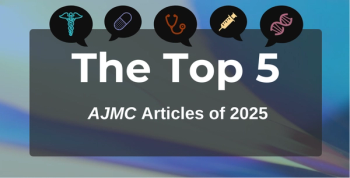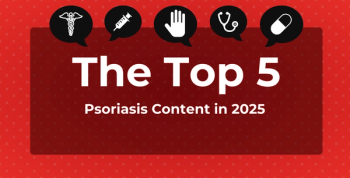
Real-World Study of Voxelotor for Sickle Cell Disease Shows Safety, Efficacy Similar to Clinical Trials
Over the course of voxelotor treatment, hemoglobin levels and hemolysis markers improved, with results sustained over the treatment period.
A study of patients with
Adolescents and adults with SCD saw improved hemoglobin levels and hemolysis markers on voxelotor vs a placebo in the HOPE trial. The postmarketing, multicenter, retrospective
In SCD, sickle hemoglobin polymerization leads to sickling of red blood cells, which causes hemolysis, anemia, vaso-occlusion, pain episodes, and other manifestations. The standard of care for SCD has long been hydroxyurea, a myelosuppressive agent that increases levels of fetal hemoglobin to mitigate the sickling of red blood cells. Voxelotor, a first-in-class sickle hemoglobin polymerization inhibitor that works by binding to hemoglobin and stabilizing its oxygenated state, was granted accelerated FDA approval for patients 12 years and older in 2019 and approved for patients 4 years and older in 2021.
A total of 216 patients aged 12 to 71 years were included in the RETRO study. Eligible patients had any genotype of SCD and had been treated with voxelotor for at least 2 consecutive weeks. Patients who were treated with voxelotor during a previous investigation (within 1 year prior to the study), who had participated in a clinical trial of voxelotor, and those who previously received voxelotor via an extended access program were not eligible for the study.
The mean patient age was 33.5 years, and 92.1% had the sickle cell anemia genotype of SCD. Black patients accounted for most of the study participants (87.5%), which reflects the condition’s known disproportionate prevalence in this population. The most common reason for voxelotor prescription was to reduce anemia.
Assessments were conducted at i 3, 6, 9, and 12 months. The mean treatment duration was 51.1 weeks, although treatment length varied; 10.2% of patients were treated for less than 3 months; 7.9%, 3 to less than 6 months; 10.6%, 6 to less than 9 months; 13%, 9 to less than 12 months; and 58.3%, 12 or more months. During the study period, 68.1% of patients were taking hydroxyurea and voxelotor.
Over the course of voxelotor treatment, hemoglobin levels and hemolysis markers improved, and were sustained. Peak hemoglobin levels increased from a mean of 7.8 g/dL at baseline to 9.2 g/dL, and mean hemolysis marker levels decreased. Patients on concomitant voxelotor and hydroxyurea saw a more significant increase in hemoglobin levels after 12 months on voxelotor: 0.9 vs. 0.3 g/dL increase.
No new safety signals were identified in the real-world setting. Treatment-emergent adverse events (TEAEs) unrelated to SCD occurred in 37% of all patients, with 14.8% experiencing mild TEAEs, 10.2% experiencing moderate TEAEs, and 11.6% experiencing severe TEAEs. The most common TEAEs were diarrhea, headache, rash, and abdominal pain. Overall, 25.5% of study participants experienced AEs that were considered related to treatment.
Thus far, RETRO results have been consistent with the HOPE trial and showed that hemoglobin levels and hemolytic markers improved for patients with SCD treated with voxelotor.
Reference
Andemarium B, Idowu M, Shah N, et al. A multicenter retrospective study on real-world experience of patients with sickle cell disease treated with voxelotor. Poster presented at: AMCP Nexus; October 11-14, 2022; National Harbor, MD. Accessed November 2, 2022.
Newsletter
Stay ahead of policy, cost, and value—subscribe to AJMC for expert insights at the intersection of clinical care and health economics.








































